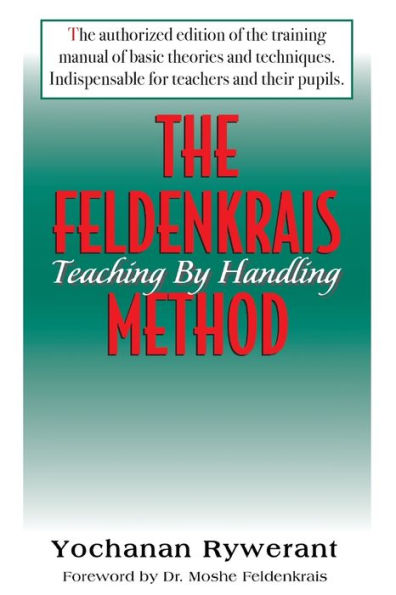5
1

The Feldenkrais Method: Teaching by Handling
240
The Feldenkrais Method: Teaching by Handling
240
19.95
In Stock

Product Details
| ISBN-13: | 9781591200222 |
|---|---|
| Publisher: | Turner Publishing Company |
| Publication date: | 01/01/2003 |
| Pages: | 240 |
| Sales rank: | 686,625 |
| Product dimensions: | 6.00(w) x 9.00(h) x 0.65(d) |
About the Author
From the B&N Reads Blog
